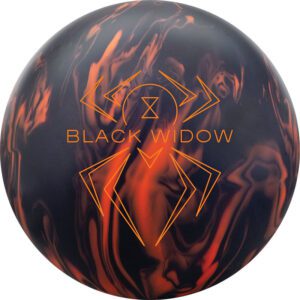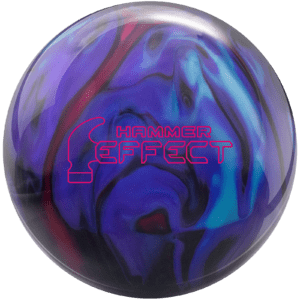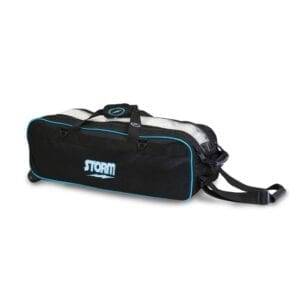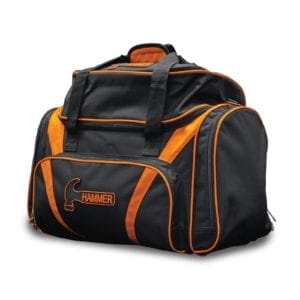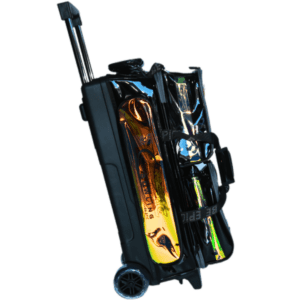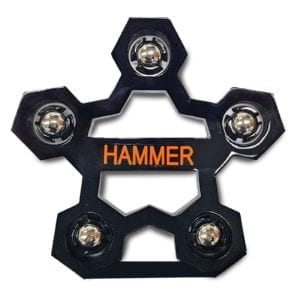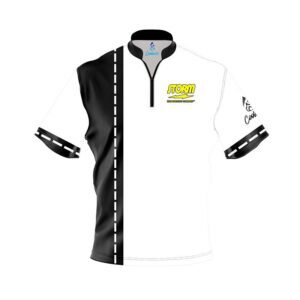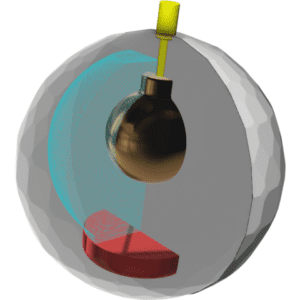Bowling How To's & Buyers Guides, Bowling Tips & Coaching Articles, Lane Play & Lane Patterns
How To Read An Oil Lane Pattern Graph For Bowling

BY KENDLE MILES
Have you ever found yourself in a situation where you have arrived at your next tournament, paid your entry fee, and notice there is a lane pattern graph? The only problem is, you are not completely sure what you are looking at or how to read that abundant useful information. This article will explain each piece of the lane graph’s importance and how it will impact your lane play.
PATTERN DISTANCE:
First, we want to review the pattern graph from top to bottom, starting with the oil pattern distance. For this example, we used the 2020 Storm Utah Open Pattern. We can see that the overall pattern distance is 41ft. This distance falls into the medium pattern category. Now armed with this information, we know there could be multiple attack angles to get to the pocket. Typically, on shorter patterns that fall between 32 feet and 36 feet, bowlers are forced to play the outside part of the lane. In contrast to the longer patterns, 43 feet and longer bowlers are forced to play the deeper inside part of the lane. Therefore, the pattern distance between 37 feet and 42 feet allows the bowler to play multiple angles depending on your ball choice and style.
PATTERN VOLUME:
The next part of the lane graph we will discuss is the Volume Oil Total, better known as the thickness of the oil, applied on the lane. This will be the overall combined volume of oil between the forward oil and reverse oil. As we see in the photo provided, the forward oil total is 20.295 mL, and the reverse oil total is 10.26 for a round total volume of 30.555 mL of oil. Based on today’s standards, this would be considered a higher volume pattern. In comparison, most house patterns have between 22-24 mL of oil. This information will dictate the amount of surface grit to use on your bowling ball, and a good indication of how fast or slow the pattern will break down.
PATTERN RATIO:
Moving down the lane graph sheet, we are going to discuss the load structure. This will be a key component of the overall difficulty of the pattern. When using a Kegel lane machine, you have an oil head that moves back and forth at a constant rate and applies that oil to the lane from left to right. As we review the graph for the 2020 Utah Open, we see this pattern has 8 loads of 2 to 2’s. Now, what does this mean? The oil head will apply conditioner on the lane from the 2 board on the left to the 2 board on the right. The more oil applied toward the gutter means the ball will overall hook less as the bowler misses to the outside boards. Therefore, most house patterns will very little 2 to 2’s, if any at all. A typical house pattern’s ratio is around 8 to 1, while this Utah Open pattern ratio is around 1.5 to 1. This means the lower the ratio, the more difficult the pattern will play.
OIL OVERLAY:
In the last part, we are going to cover the oil overlay of the pattern. The image on the right of the sheet showing an overhead view of the pattern as it would look if the oil had color instead of being invisible. This effectively shows how the lane machine is applying the oil throughout both passes of the oiling process. The darkest blue is showing the highest concentration of oil in that part of the lane. This is the part of that lane that will create the most amount skid. The teal color box labeled “forward” represents the oil applied during the forward pass heading towards the pins, while the blue box labeled reverse” is the oil applied on the pass coming back to the foul line. The final color is the light blue box labeled “buff.” The buff is once the lane machine stops spraying oil on the lane, the machine rolls out the rest of the oil to correct 41ft distance.
Preparation is key when wanting to better your game and getting bowlers ready for the next event. Having a better understanding of how to read a lane graph will help prepare bowling equipment, surface preparation, and where to start during that valuable practice time.


